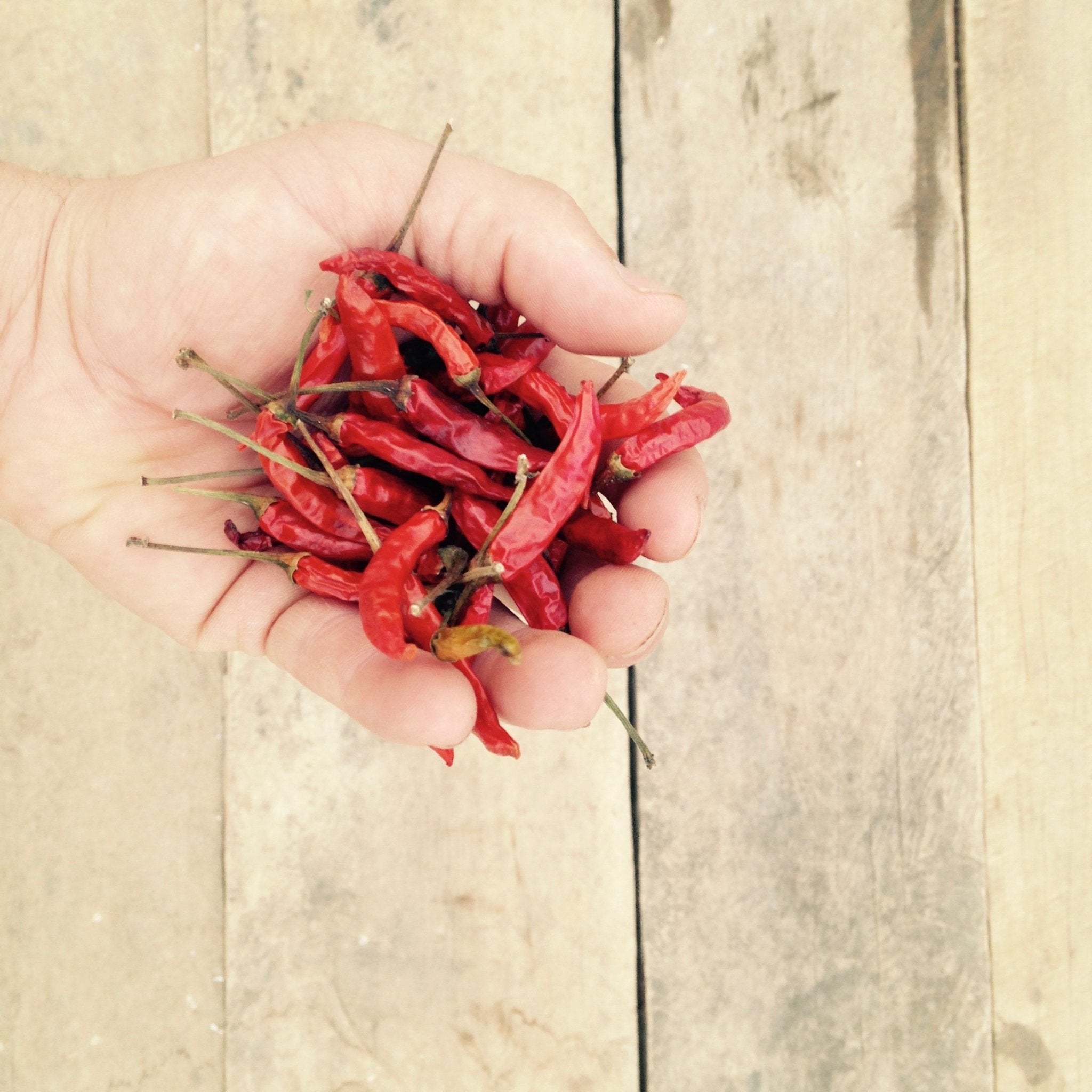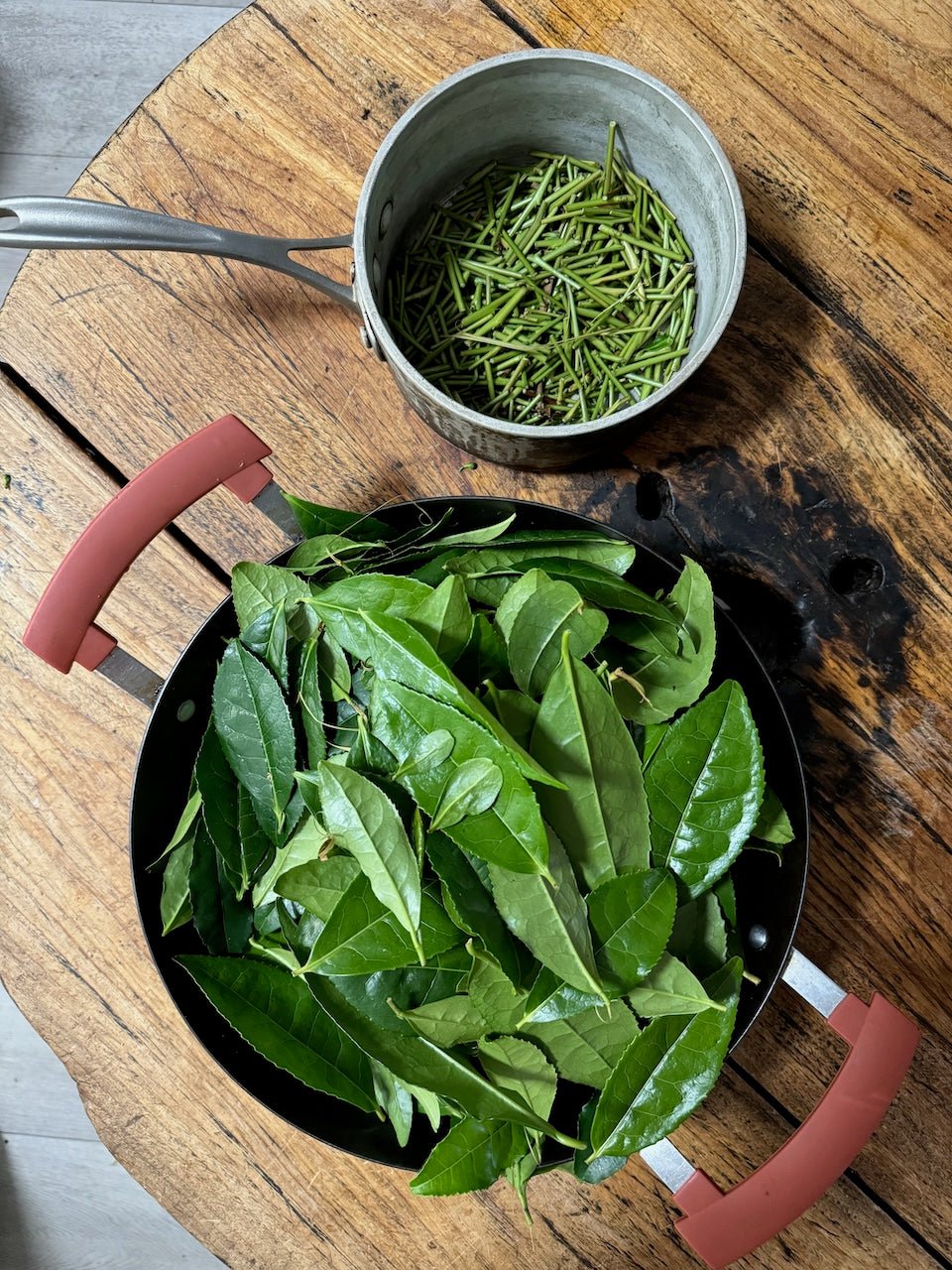
HANDCRAFTING TEA AT HOME | Summer Bancha, Inspired by Musashi's
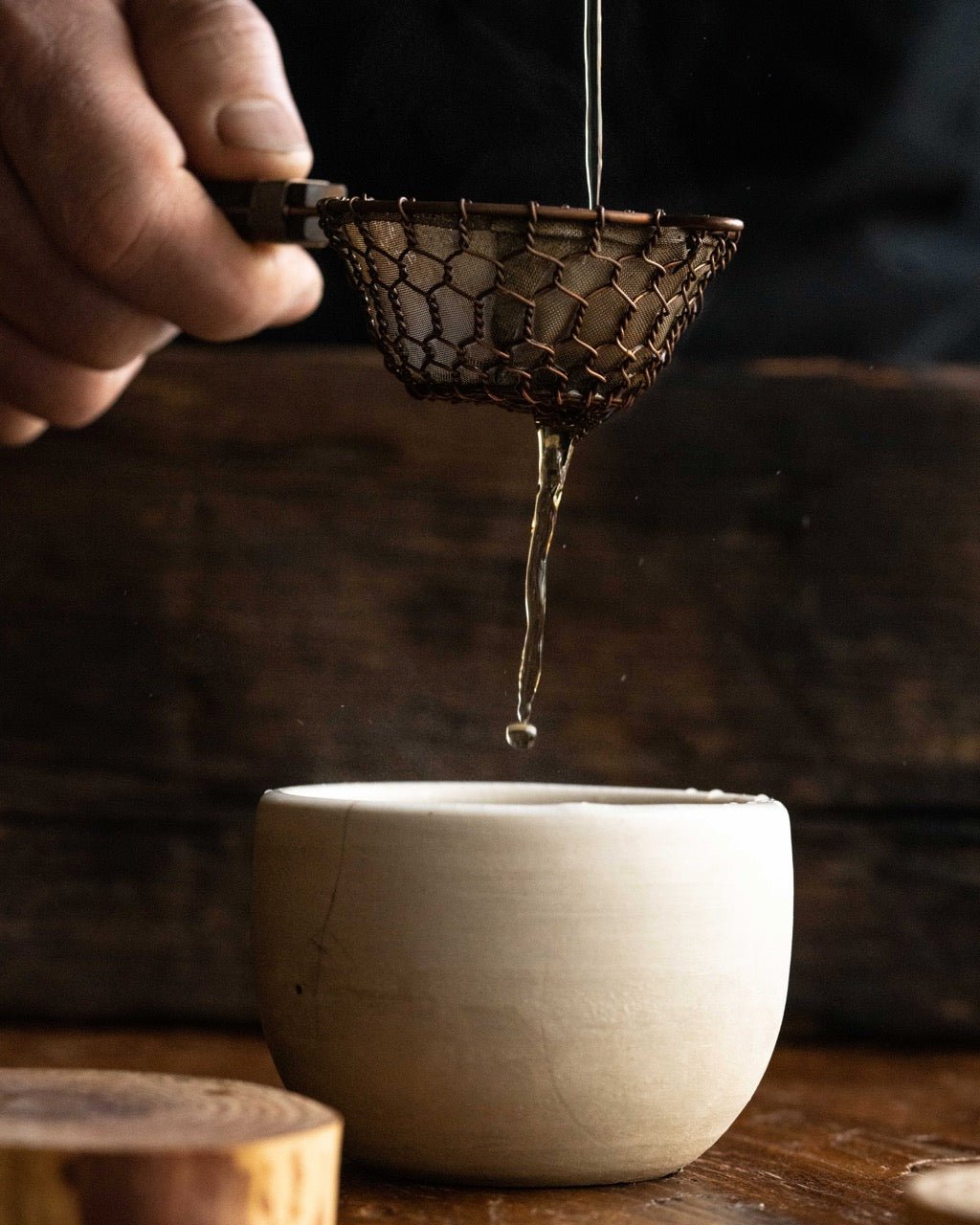
What is Hojicha?

PROBIOTIC TEA | Delicious Brews from Anaerobically Fermented Tea Leaves
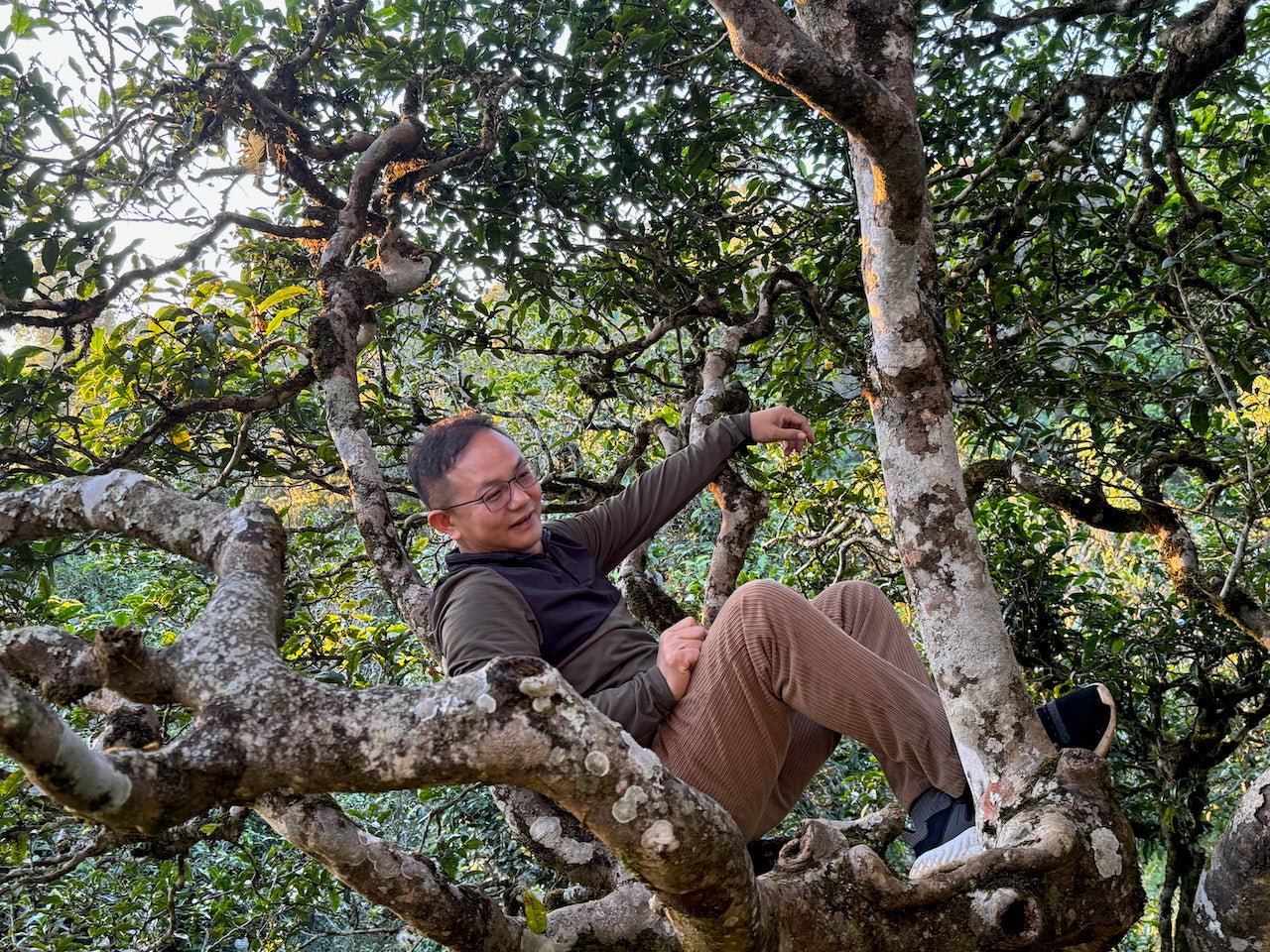
What is GuShu and why should you drink it?
Meet Xiaguan Tuo Cha - Iconic Tea Company
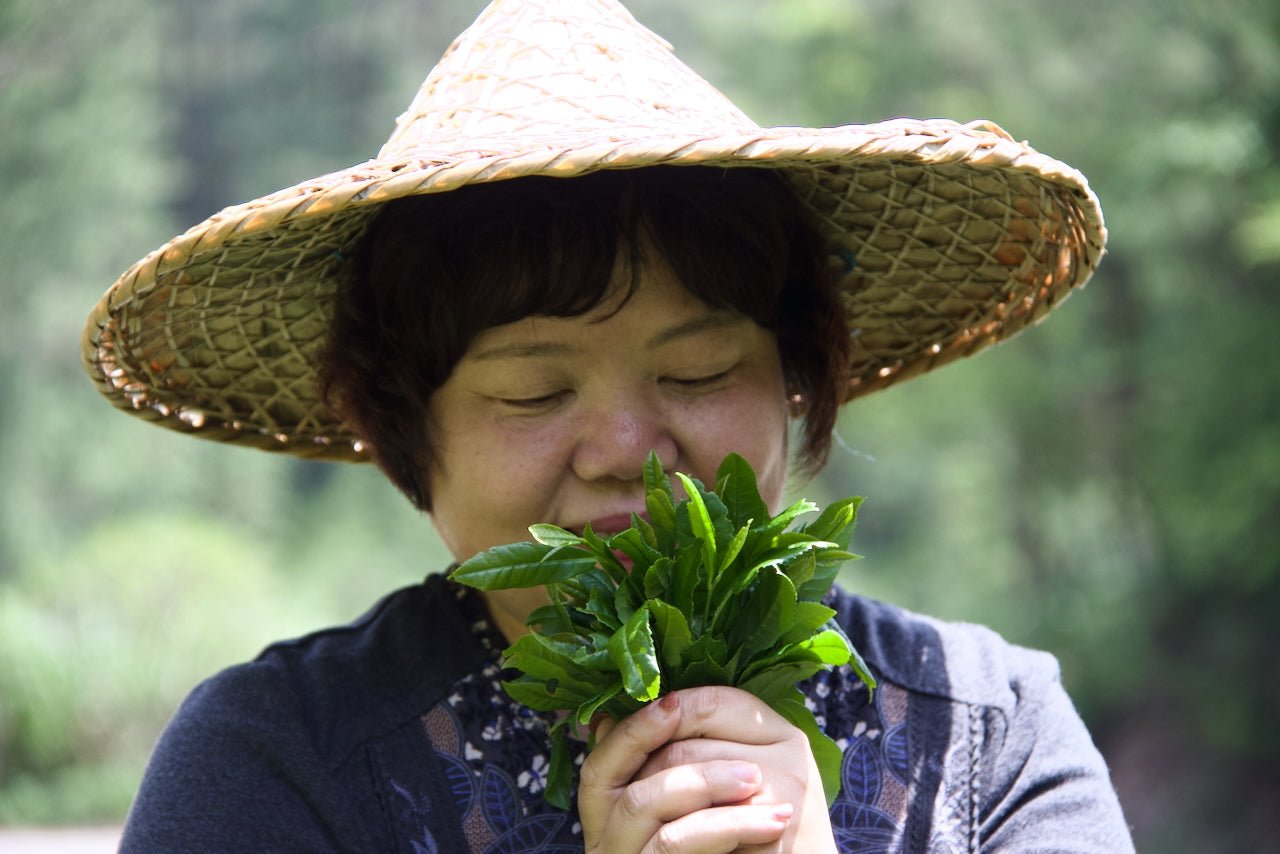
What is Oolong Tea? And why on Earth do oolongs have such complex aromatics?
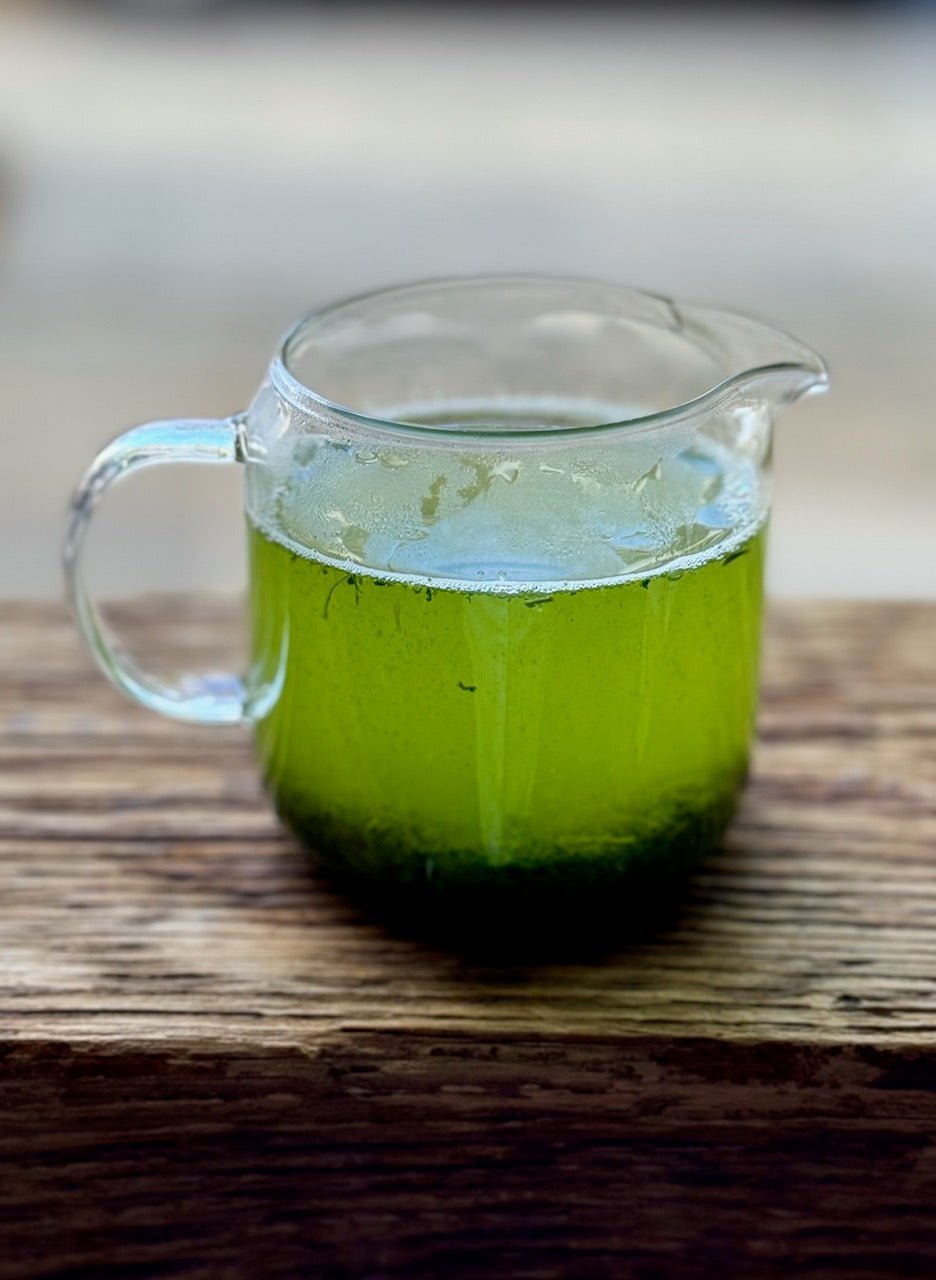
What is Sencha?
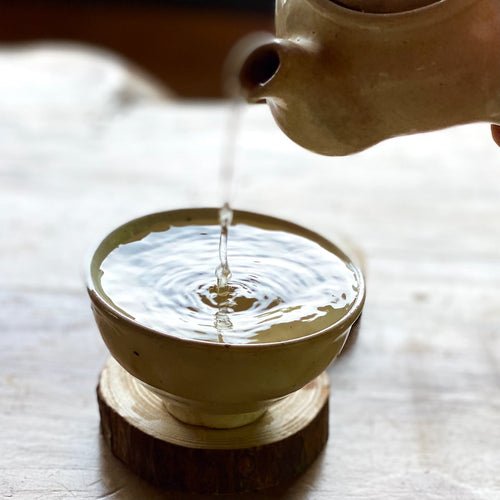
Korean Tea Culture - Brief History
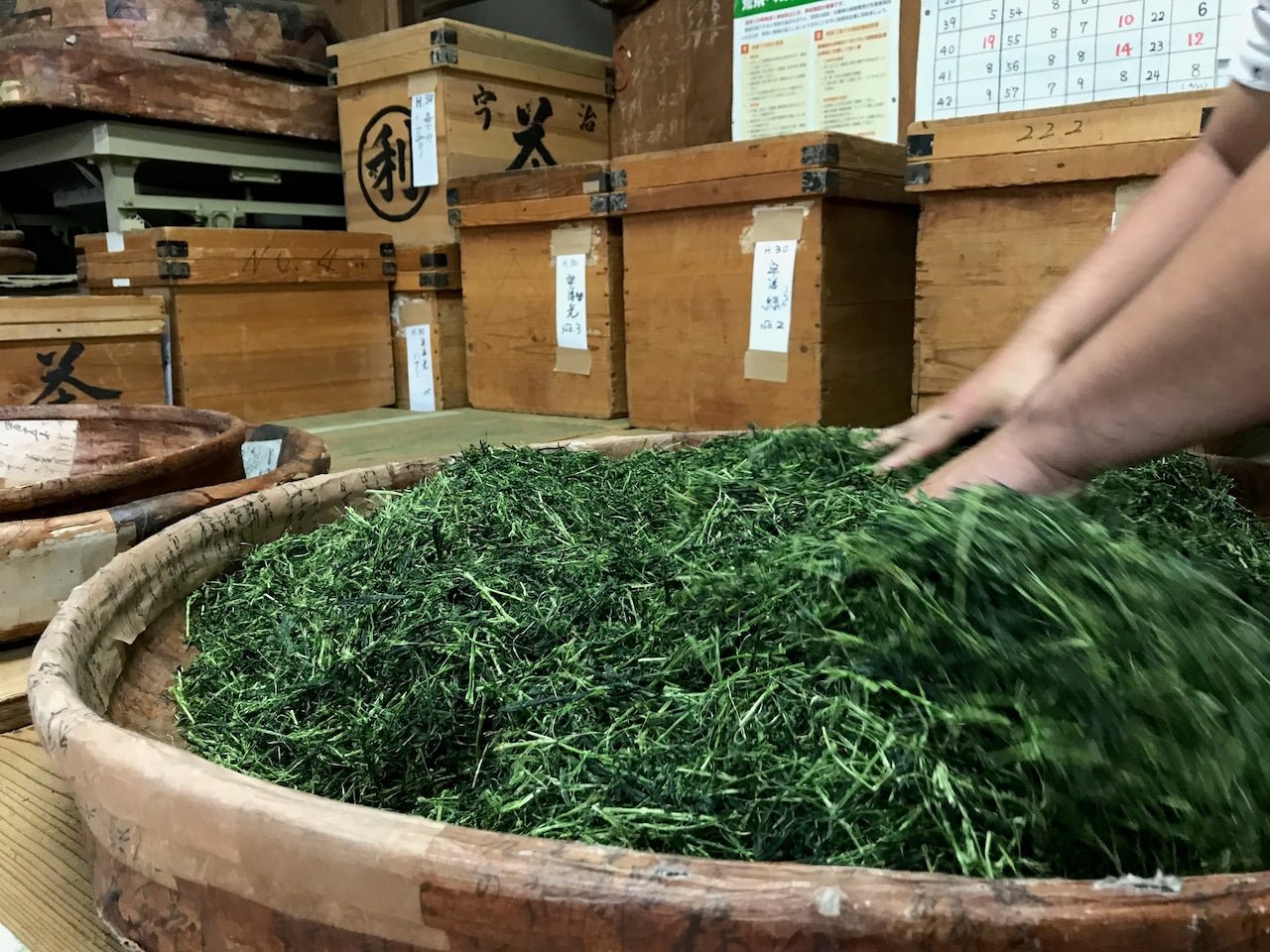
Gyokuro | A Great Way to Start your Day
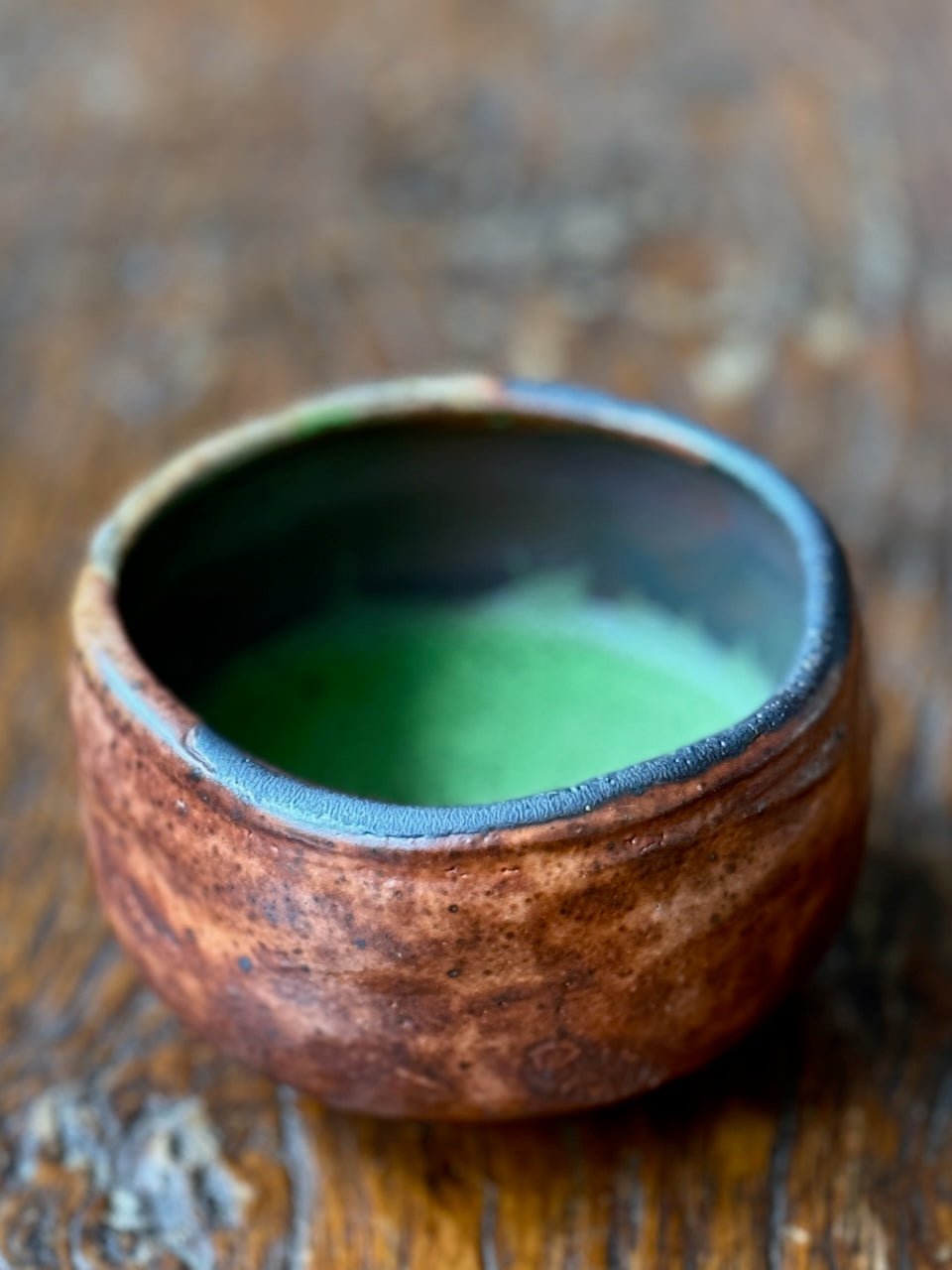
Top Reason to Start Every Day with Matcha
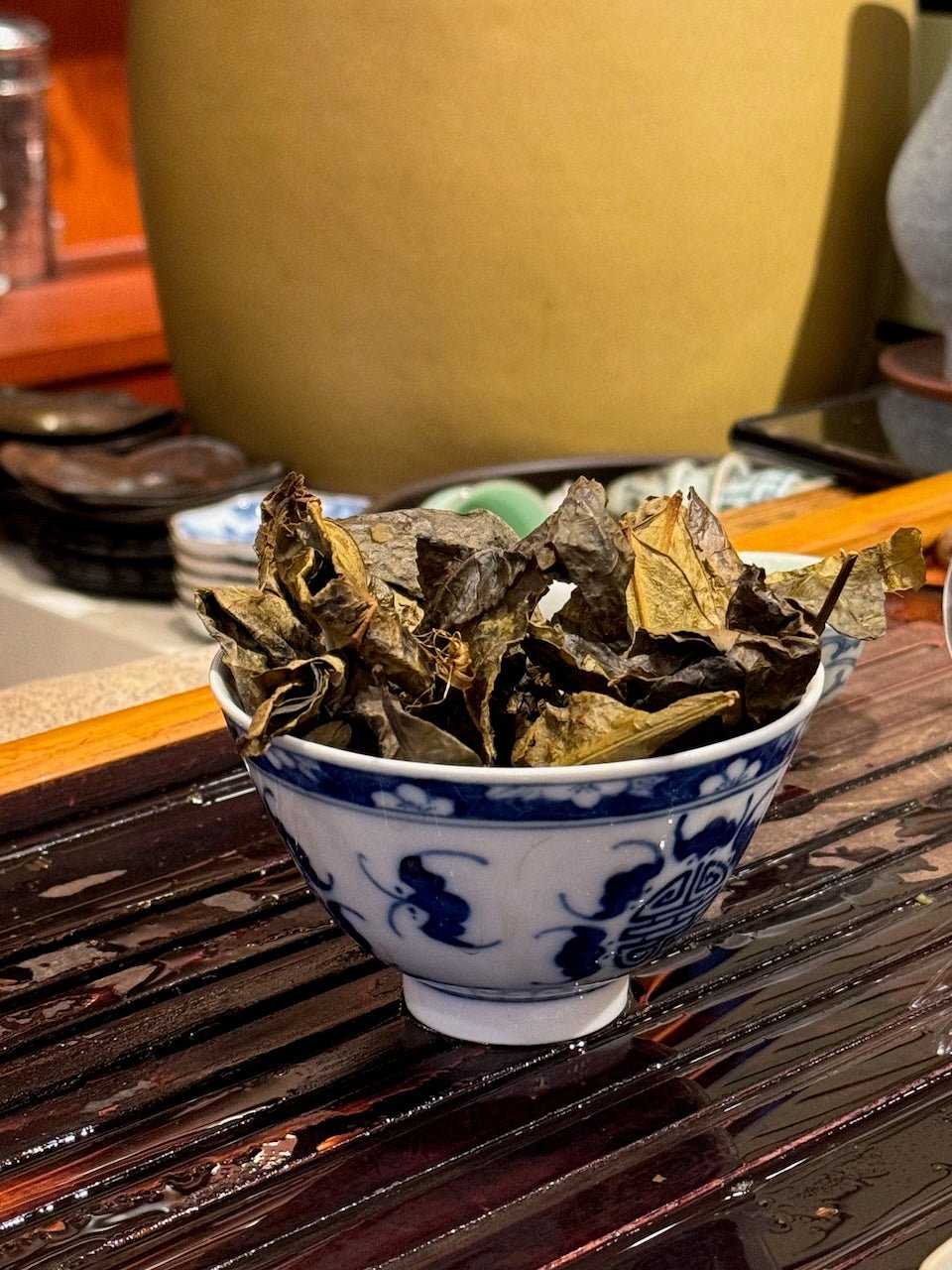
HANDCRAFTING TEA AT HOME - Oak Ash Fermented Dark Tea
This article describes a simple recipe to handcraft dark (fermented) tea at home. The recipe is inspired in Bhutanese / Tibetan style fermented tea, commonly used for 'butter tea'.
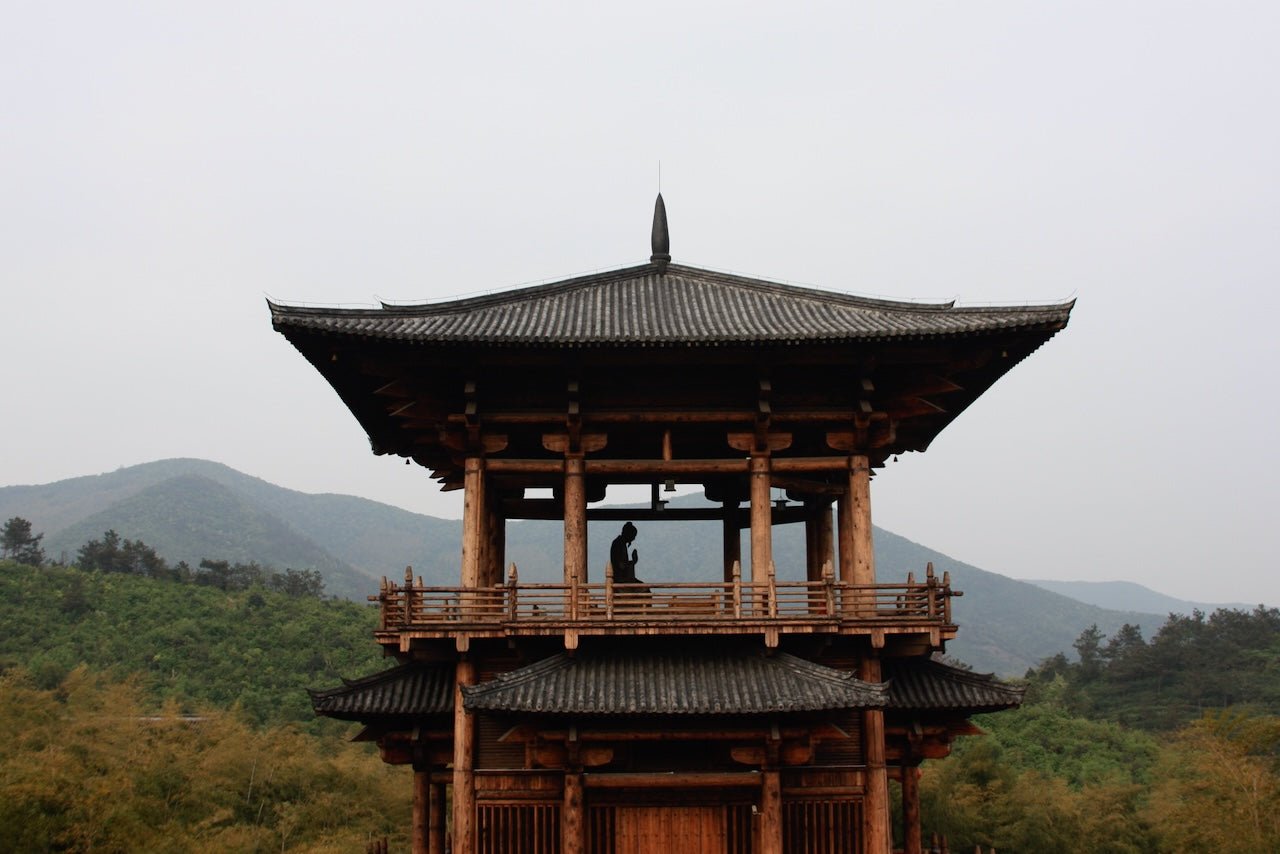
LU YU, THE TEA SAINT, AND HIS 'PURPLE BAMBOO' (ZISUN) TEA PLANT
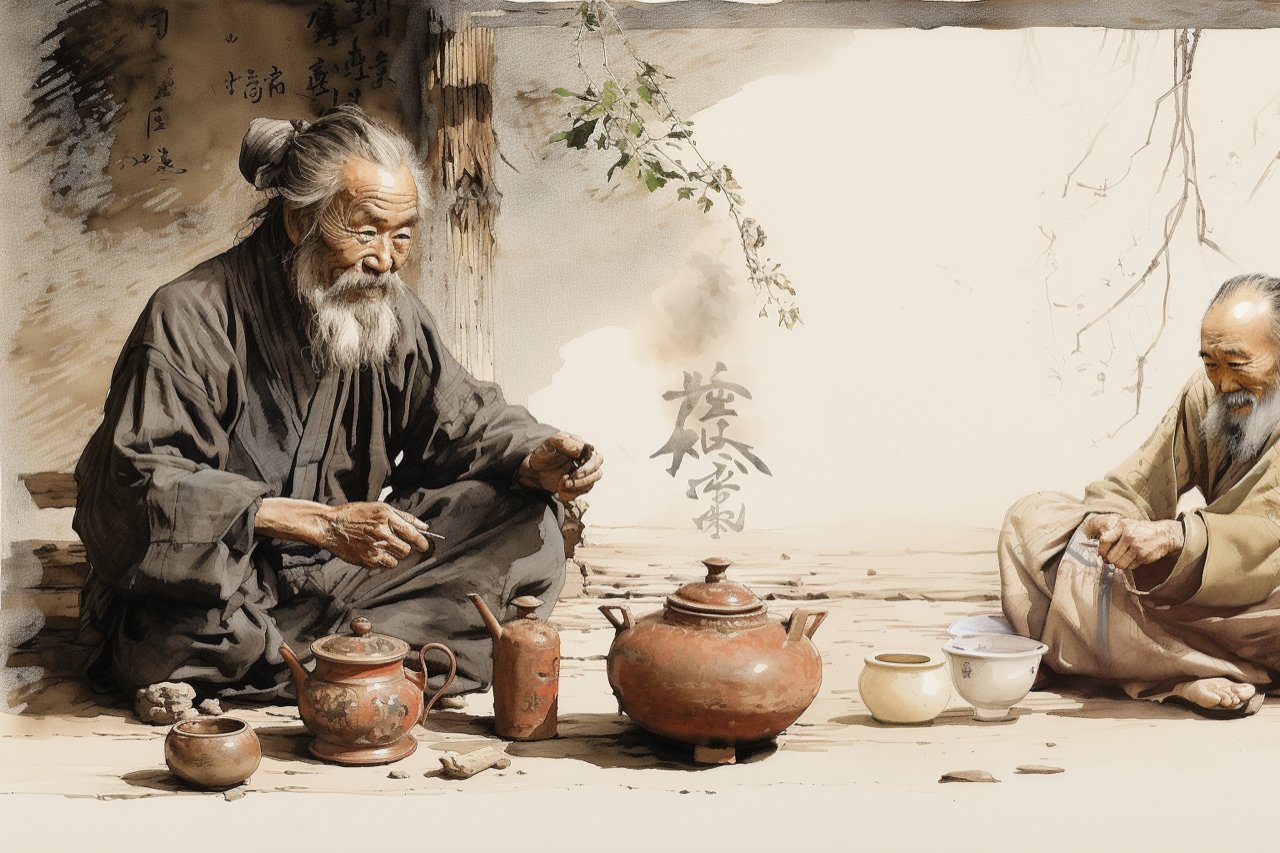
HISTORY OF GREEN TEA | Baisao and the Rise of Sencha in Japan
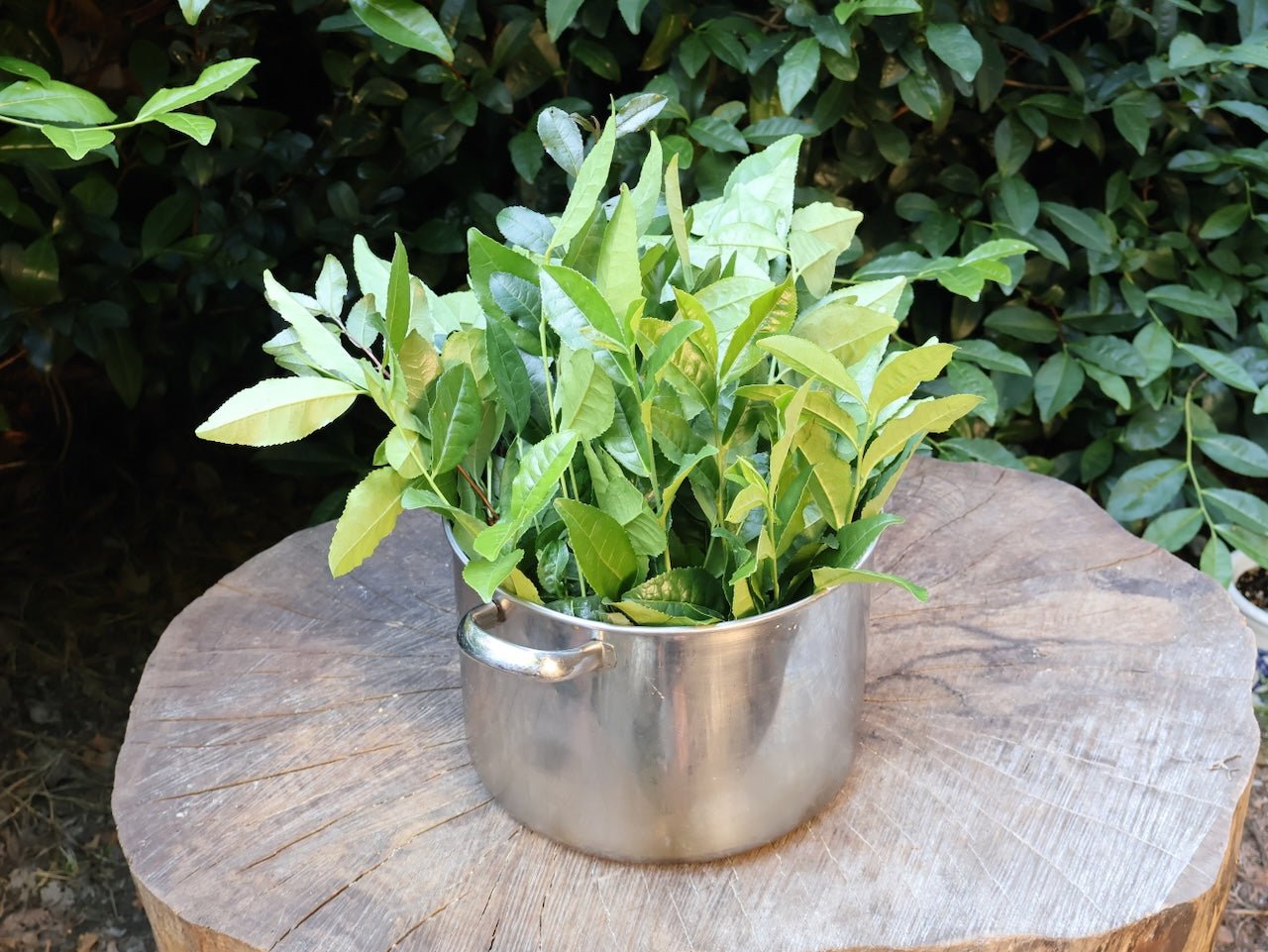
FERMENTED TEA SERIES #1: INTRODUCTION, EXAMPLES... AND CRAFTING DARK TEA IN CANADA
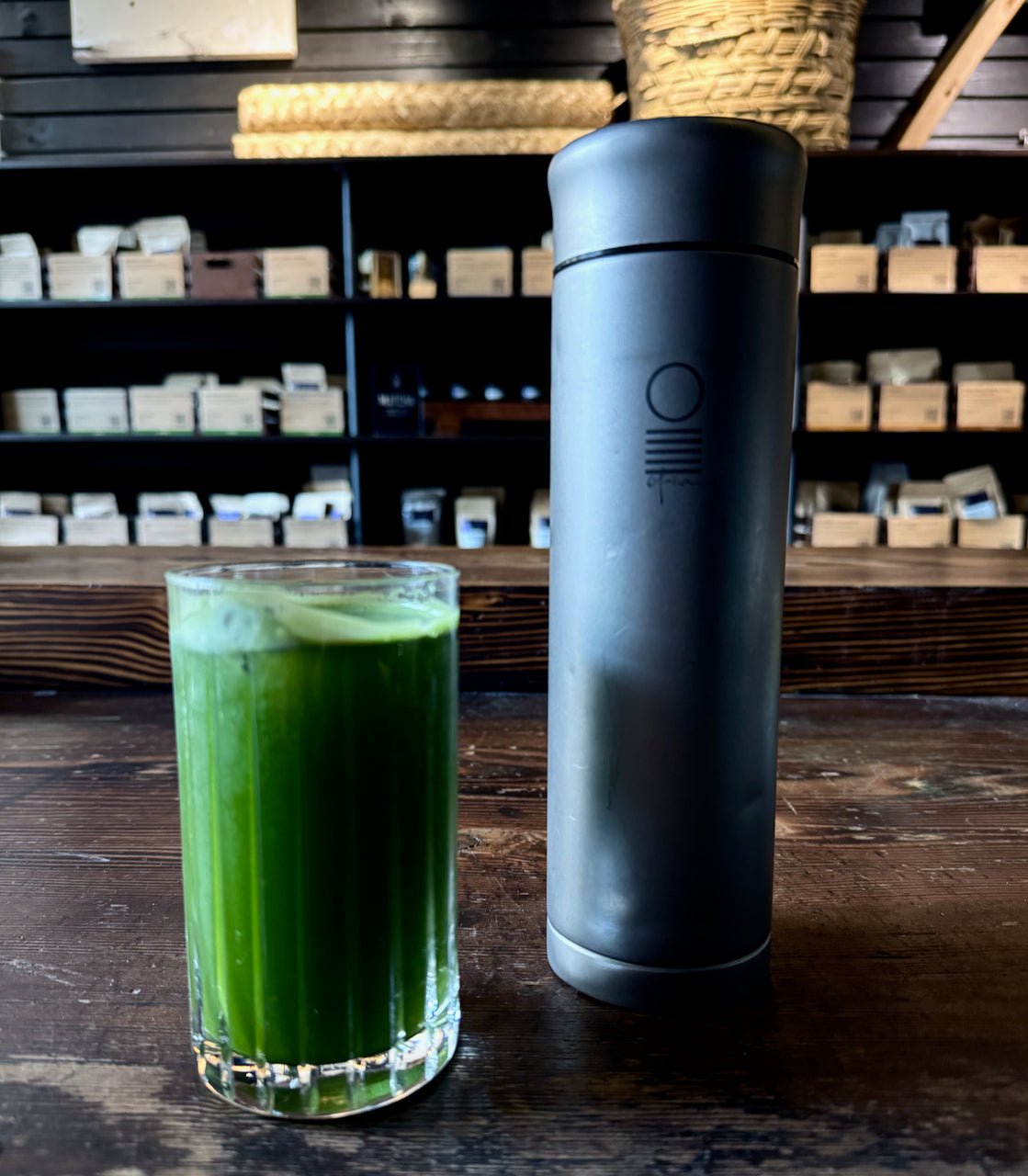
How to Make Iced Matcha | Quick & Easy Way
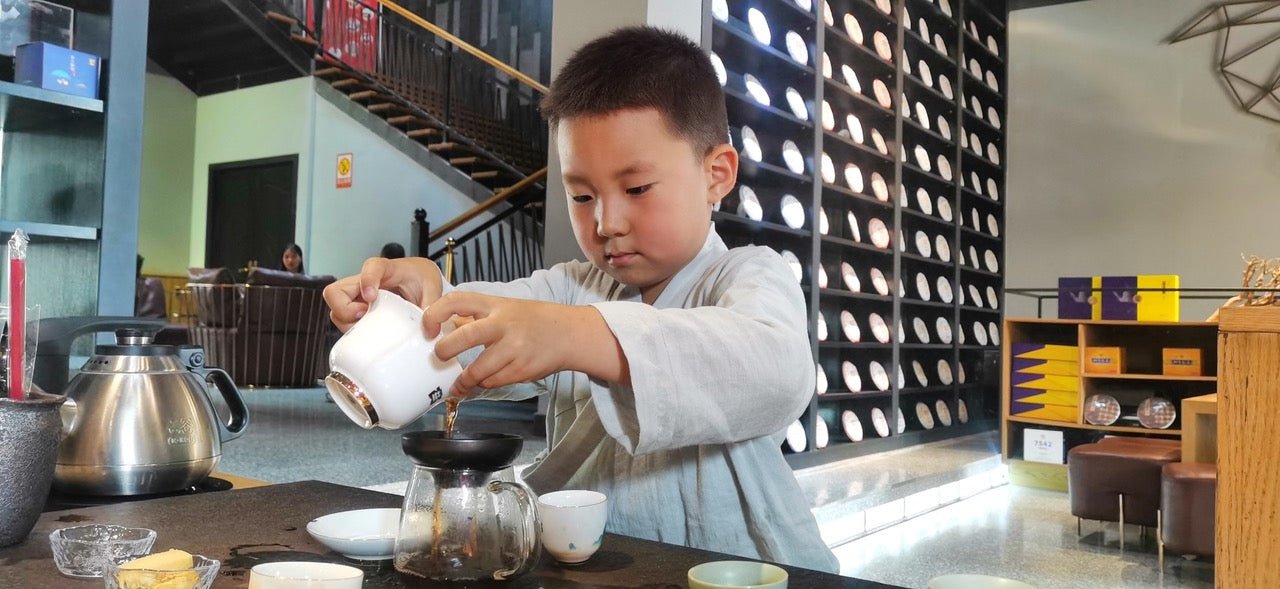
A Brief History of Pu Er Tea (Yunnan Post Fermented Tea)
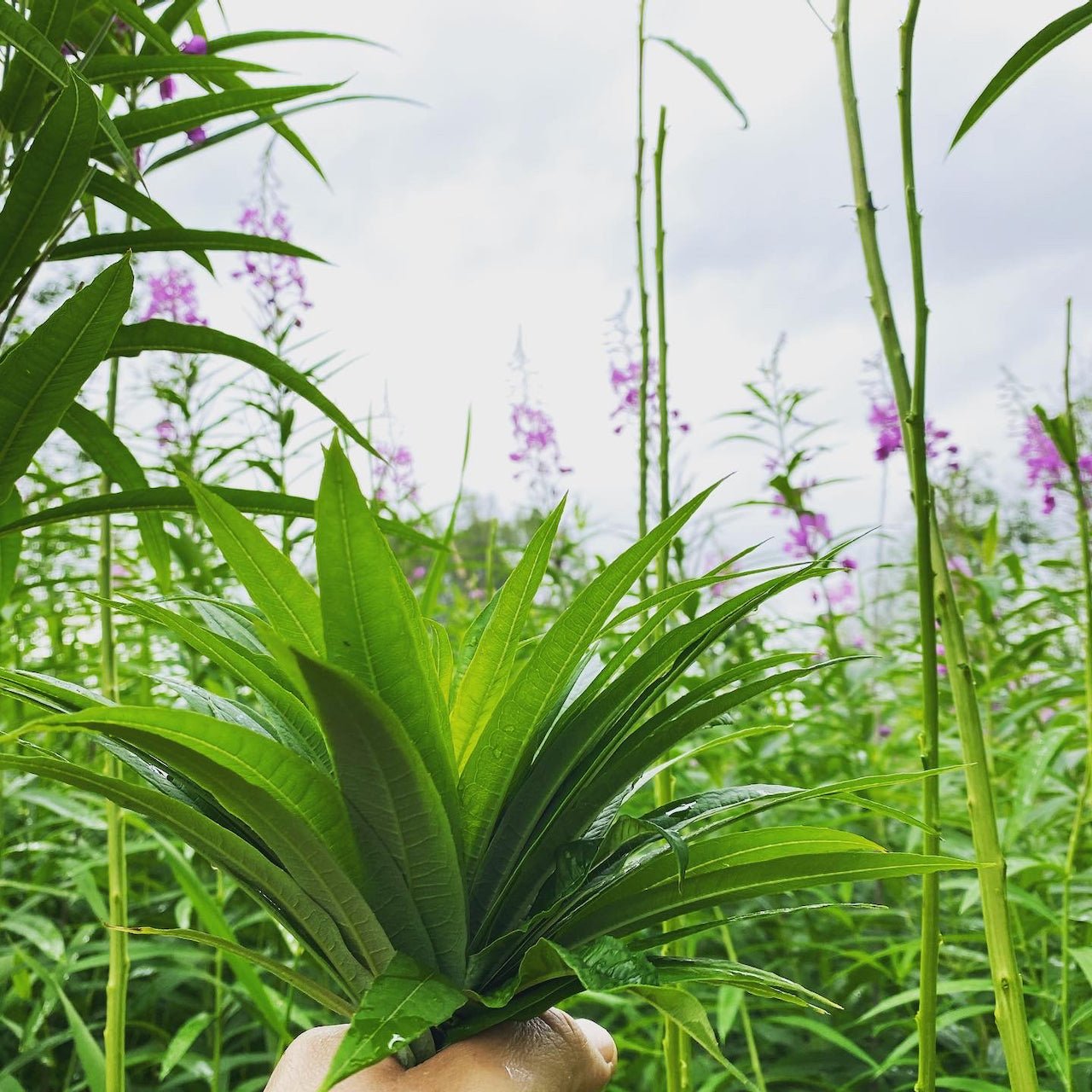
Wildcrafting & Handcrafting Ivan's Tea (Иван-чай) in Canada
Ivan's tea (Иван-чай) is a delicious wildcrafted tisane made with fireweed (Chamaenerion angustifolium); fireweed is also known in English as "willowherb", particularly in Great Britain. In Russian, it is called "кипрей" (kiprei).
These are step by step instructions on how to wildcraft and handcraft your own tea at home.
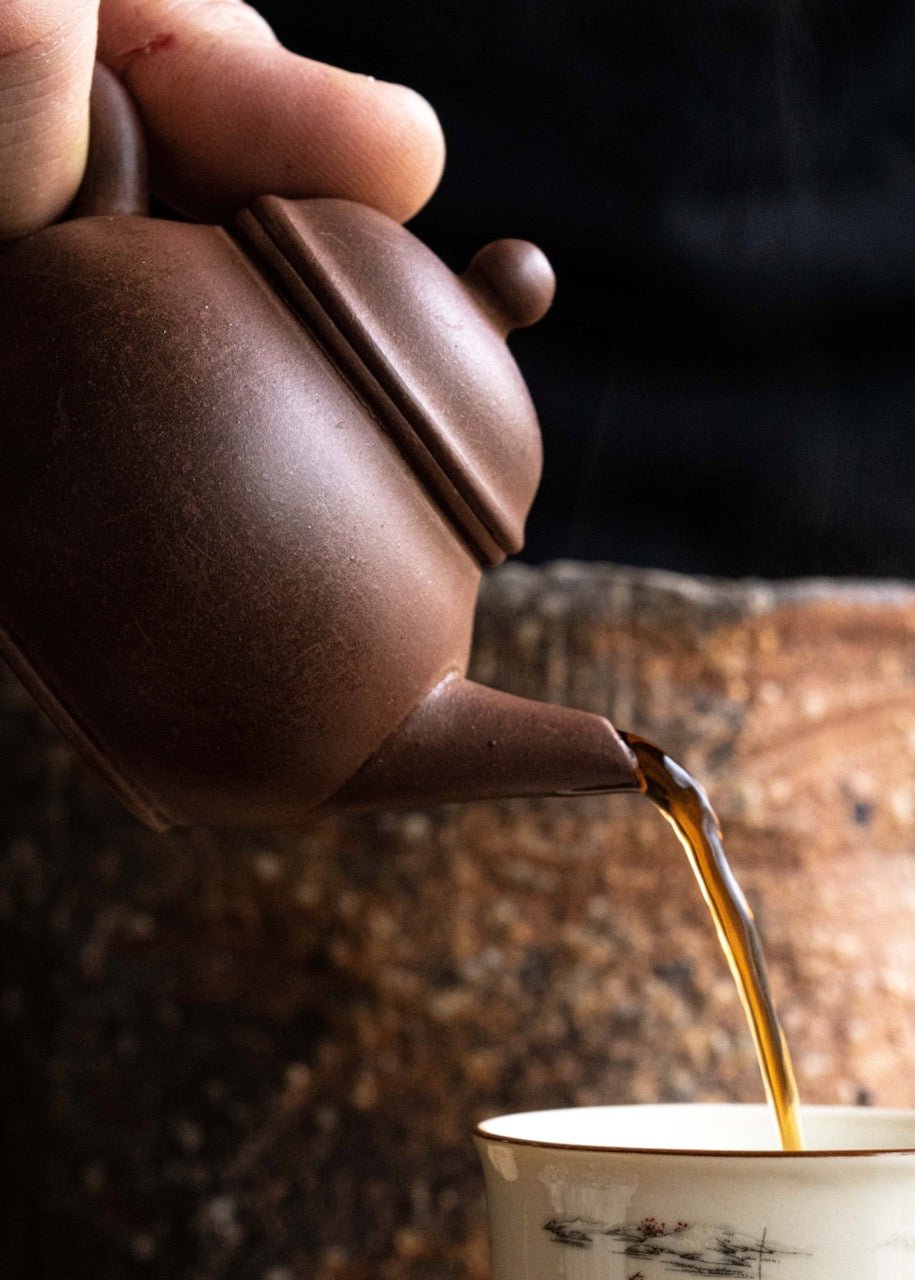
The Benefits of Drinking Pu Erh Tea
Fact #1: every single member of our bar team loves drinking Pu Er. Even if it had zero health benefits, the joy derived from brewing and drinking good Pu Er is an overwhelming reason to do it.
Fact #2: if you Google 'pu erh tea benefits' you will find a long laundry list of health enhancing properties attributed to this type of tea. These often include anything weight loss to liver detoxification, mental awareness and even the promotion of world peace. What is missing from the (in our opinion) vast majority of these Google entries is a list of reliable sources that support the long lists of benefits attributed to Pu Er.
Here, we explore a few articles that (we believe) are both interesting and well supported.
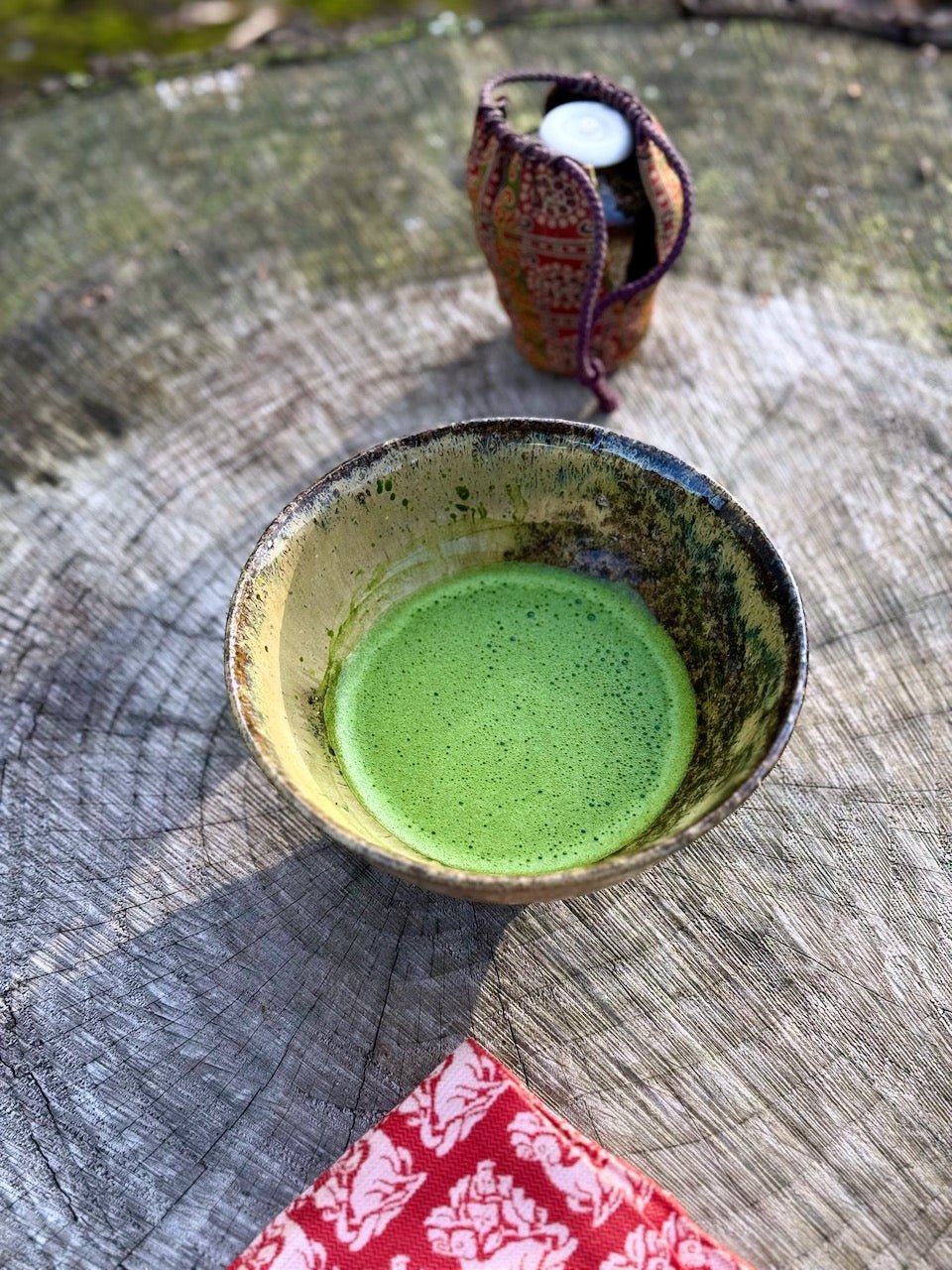
Does Matcha Have Caffeine?
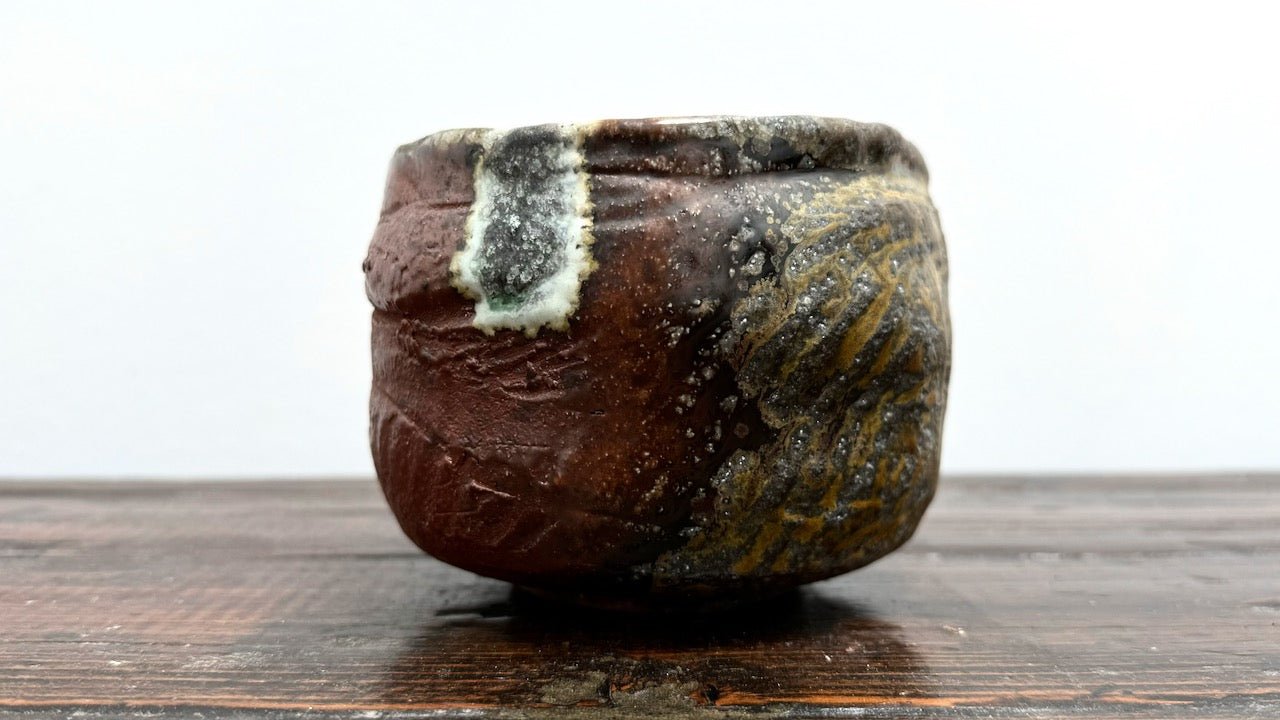
The Chawan (茶碗) - How to Choose a Tea Bowl for You?
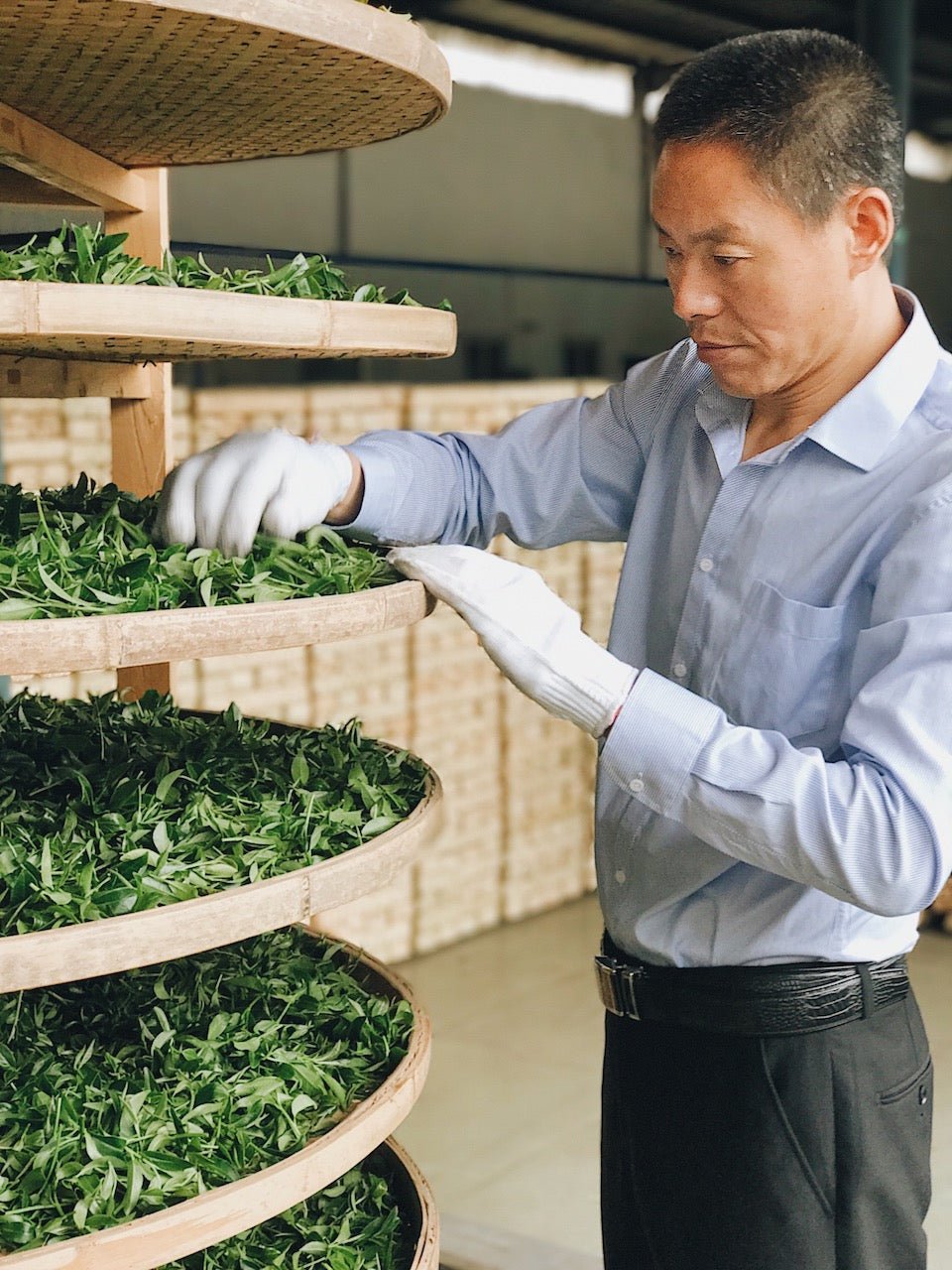
BUTTER FOR TEA? DISCOVER TIBETAN DARK, BRICK TEA
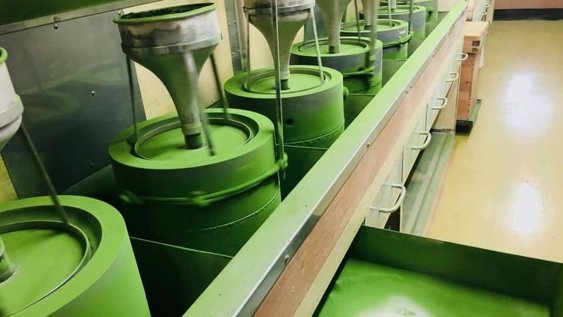
TEA SCHOOL | Musings on Matcha, Spring 2021
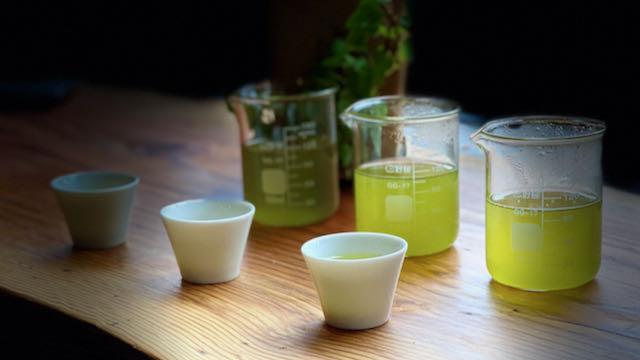
TEA SCHOOL | Gifu, An Under-Appreciated Origin
North of Nagoya, not far from the battlefield of Sekigahara...
MUSASHI - Handcrafting and Brewing an Iconic Tea from Mimasaka
TASTING EXPERIENCE
A juicy, full bodied dried fruit with a toasty finish, reminiscent of hojicha.
THE HANDCRAFTING PROCESS
Kobayashi San harvests tea leaves in the hot and humid days of summer; the tea bushes have a mishmash of larger leaves (half the size of your hand) that have been growing since early spring, and some younger ones that sprouted more recently. Kobayashi San harvest both leaves and small branches, all of which will impart a distinct flavour to the tea.
These leaves are boiled in cauldrons over a wood fire; the water used for boiling is carefully collected. Smelling these tea leaves as they boil is on the bucket list.
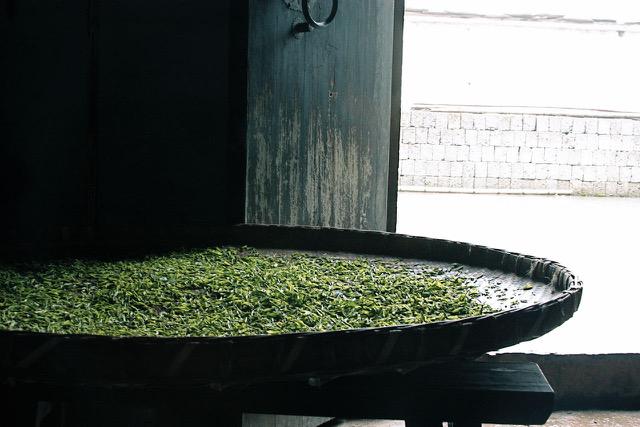
History of Green Tea - Pan Fired Loose Leaf Tea and the Ming Dynasty
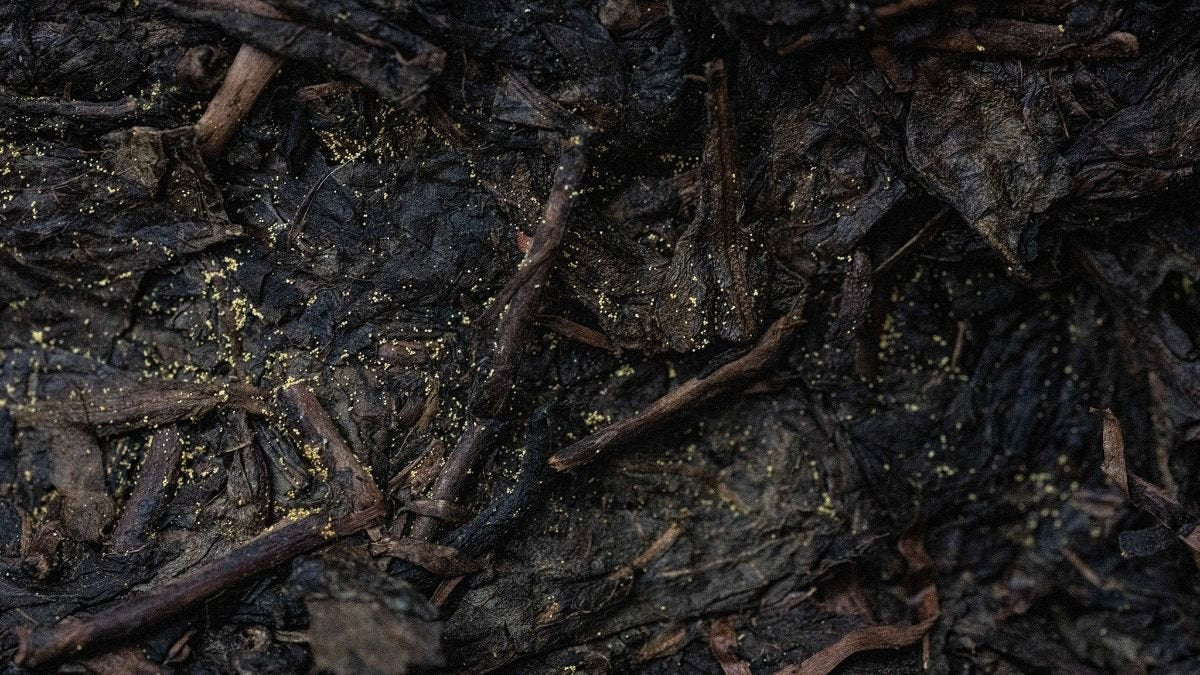
History of Hunan Dark Tea, Kernels

Charcoal Finish Firing | Coaxing Lingering Sweetness and Aroma in Gyokuro

Yiwu, the Origin of the Tea Horse Road
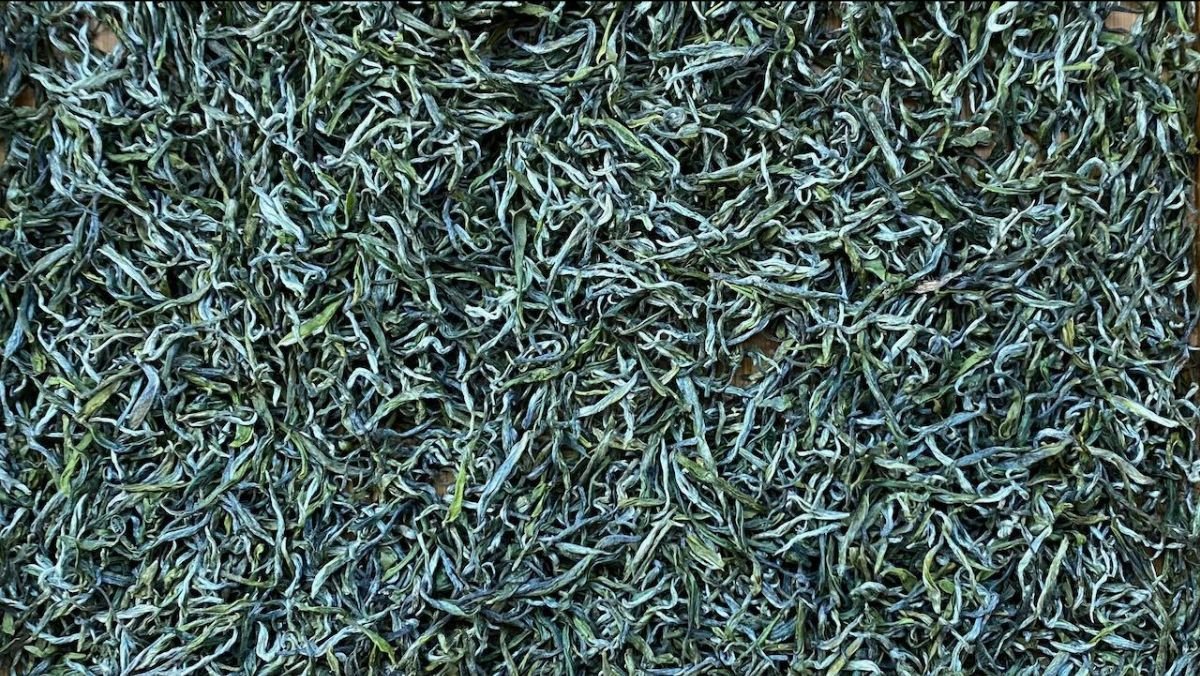
Huang Shan (Yellow Mountain 黃山), Special Tea Origin
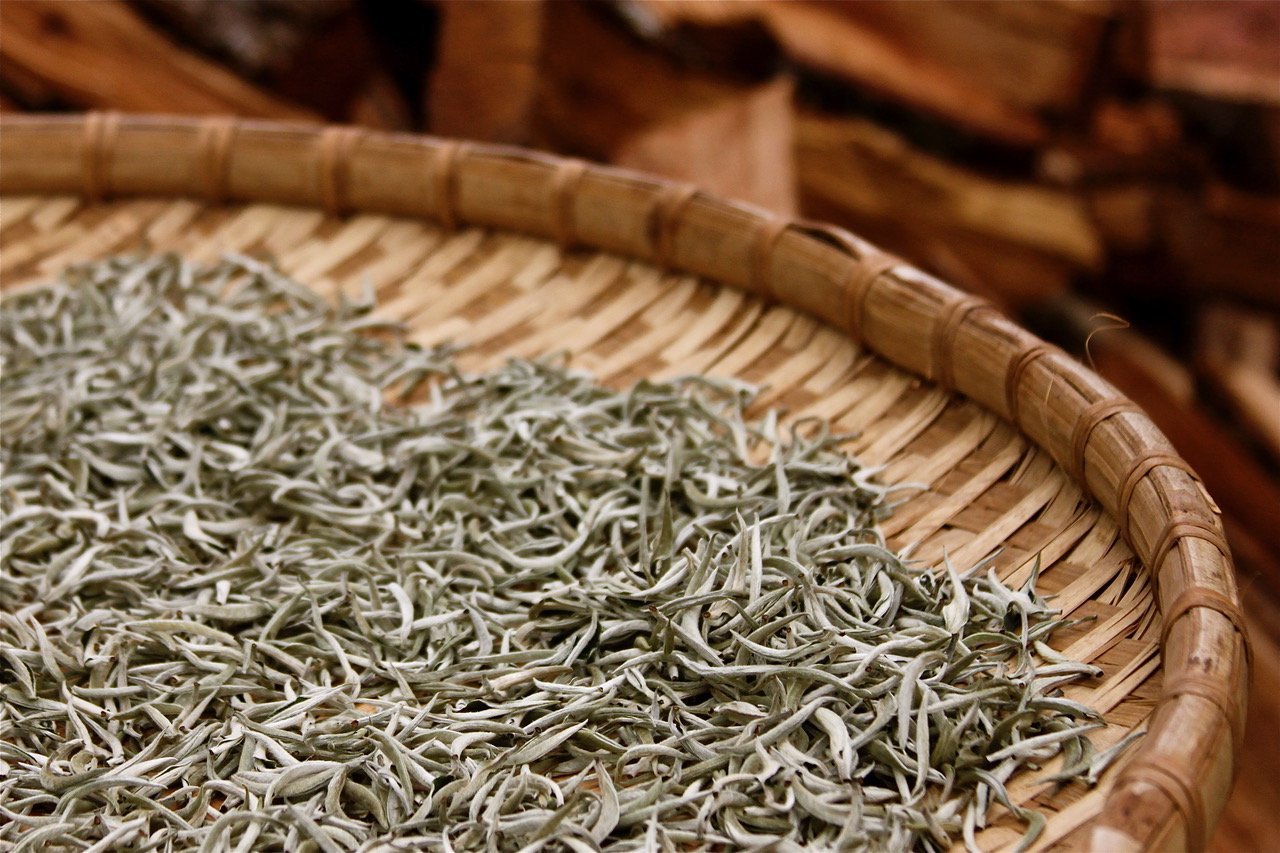
What is White Tea?
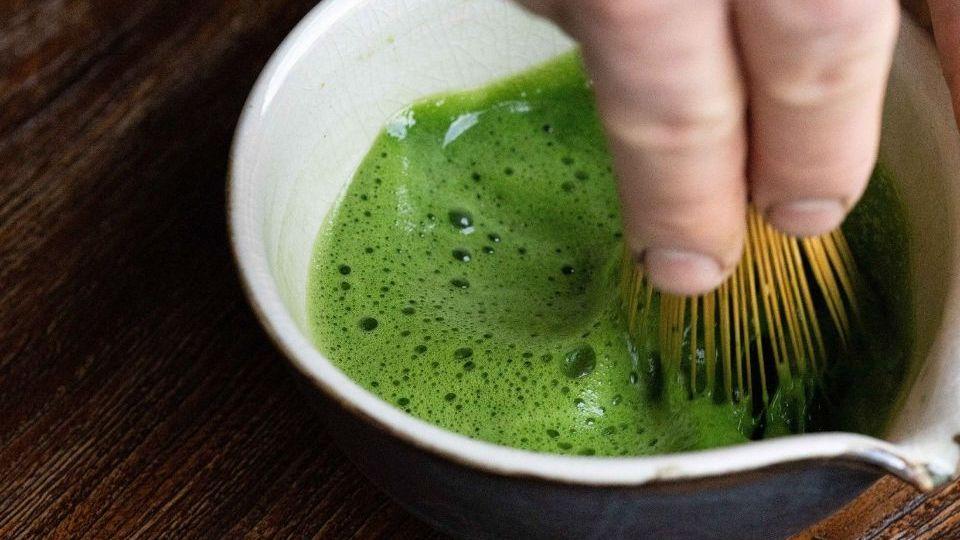
What is Matcha? Brief History and Basic Facts.
We have the answers for you!
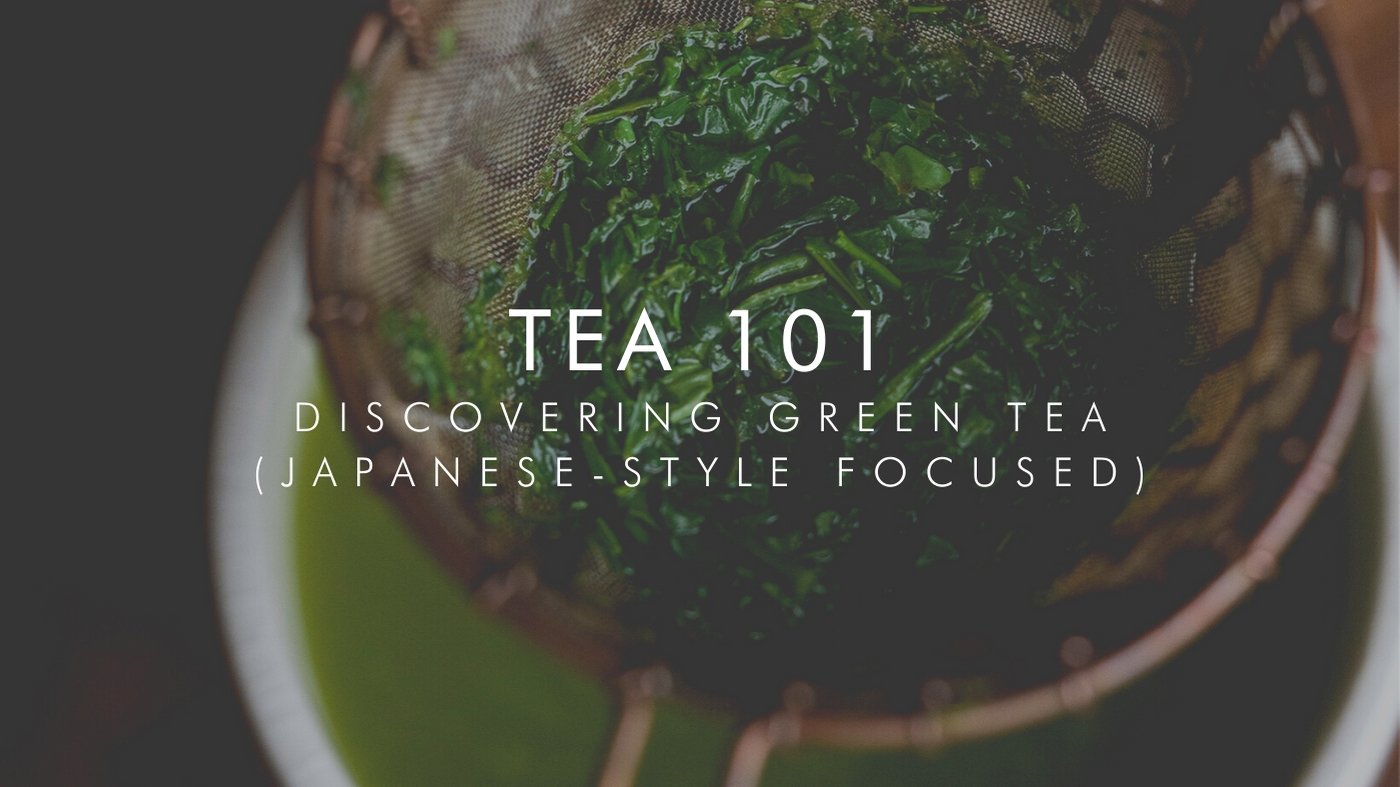
What is Green Tea? How is green tea made?
We are exploring all there is to know about Ujicha (green tea from Uji, Japan). We have tea from two growers of the region: Tsuji and Yosida. Learn some cool stuff about tea with us!
